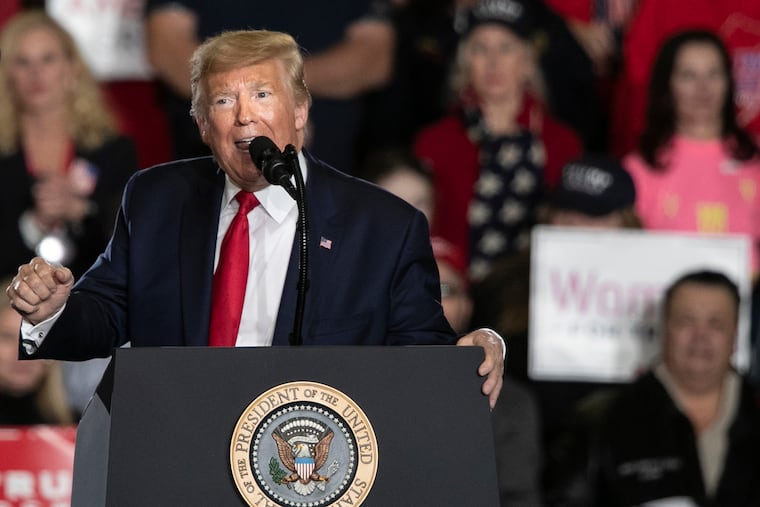In politically divided Pennsylvania, little-noticed new voters could have a big impact
A little-noticed group of voters could turn out to have a big impact on a purple Pennsylvania that Donald Trump won by less than a percentage point four years ago.
